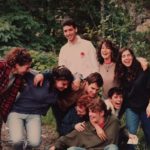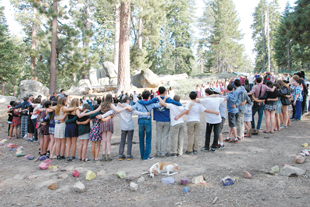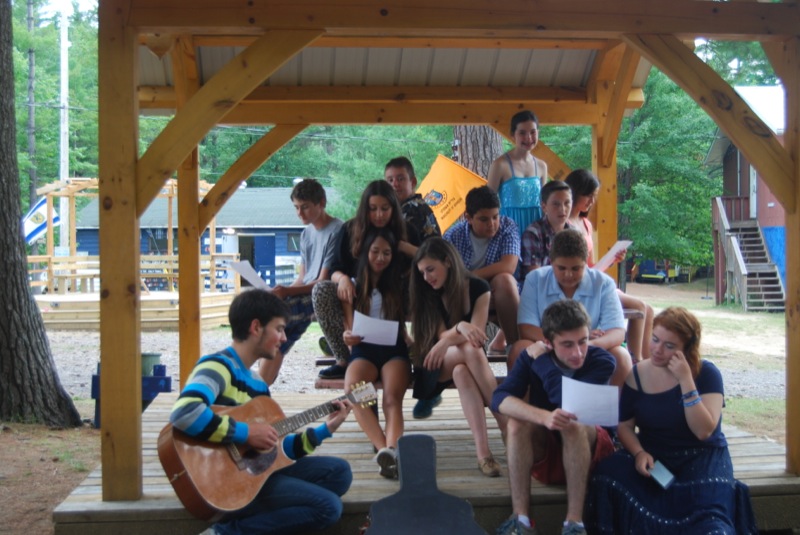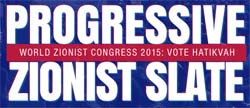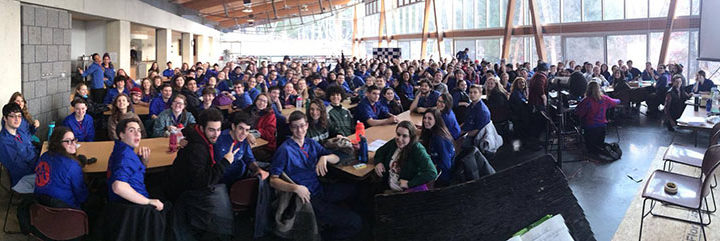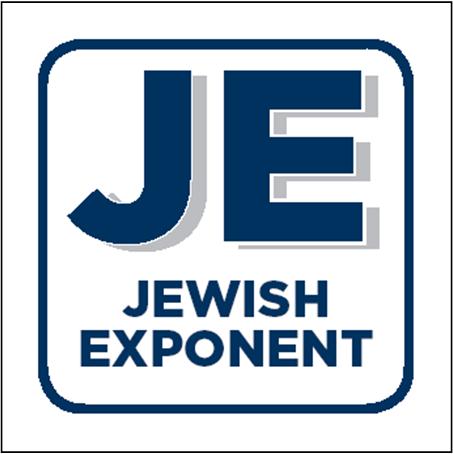 MAY 4, 2016
MAY 4, 2016
By: Liz Spikol | JE Staff
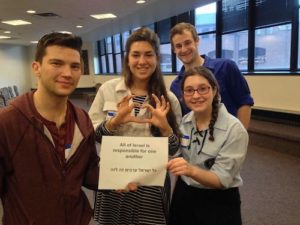
Participants in Ein Zo Agada gained a newfound appreciation for Israel and discussed why they care about it.
“If you will it, it is no dream,” Zionist leader Theodor Herzl wrote in 1902.
More than a century later, Herzl’s words — translated into Hebrew — served as the inspiration for an auspicious gathering of educators and Jewish teens called Ein Zo Agada (“It Is No Dream”), which took place on a recent Sunday afternoon in Philadelphia.
The event was conceived by leaders of two Zionist youth movements — Habonim Dror and B’nei Akiva — and motivated by a single question: “What are the needs of Jewish teens?” (Article no longer in archive)

